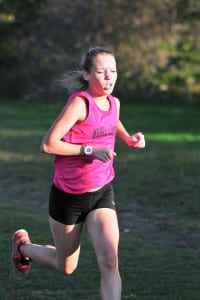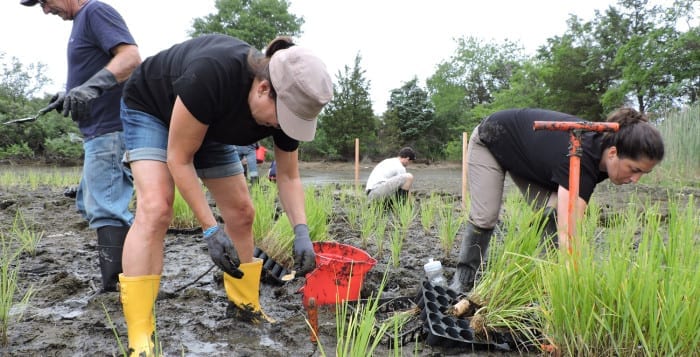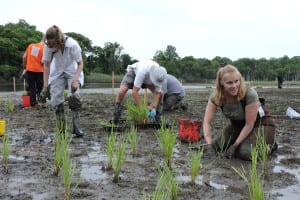By Bill Landon
Karina Allen will be racing her way to the state qualifiers.
The Comsewogue sophomore hit the road with her team for the St. Anthony’s Invitational at Sunken Meadow State Park Sept. 30, and despite the constant drizzle and 35 mph gusts of wind that would make it hard for any athlete, the Warriors’ cross country standout finished the 5K event just 14 seconds shy of her personal best.

Scores of runners answered the gun in a mass start for the 5K-event on the Cardiac Hill course, facing unrelenting wind as the rain came down sideways, making for slippery conditions. Allen crossed the finish line in 21 minutes, 11.46 , which placed her 13th out of 190 runners.
“Just going up Cardiac [Hill] — that’s just really the worst part, but going down Snake is easier — you just have to let yourself go,” Allen said. “I struggled at the bottom of Cardiac, and going up I was just sore in my legs and in my forearms, but going down the rest of the hill I was ok.”
Comsewogue head coach Charlotte Johnson said Allen has tremendous potential, and will set the tone for the team for the remainder of the season.
“Today was Karina’s personal best on this course, and she has already run under the time required for entry into the state qualification meet,” Johnson said. Allen will be competing at the qualifier for the first time this November.
Second across the line for the Warriors was classmate Mya Darsan, who placed 95th with a time of 24:38.14. Darsan said despite the wind and rain, she liked the conditions.
“It’s a bit windy; it’s a bit cold, but it feels nice when you’re running because it’s not as hot,” she said. “The wind does hold you up, but when it’s at your back, it gives you a nice push.”
Darsan did agree that the hardest part of the course was Cardiac Hill.

“It’s very difficult; it’s a mountain,” she said. “It’s not straight up — when you think you’re done, there’s another one [to climb]. It’s steep and dirt is coming from everywhere; it’s painful.”
Third across the line for Comsewogue was senior Vanessa Rodriguez-Reyes, who finished 107th in 25:14.43. The time was 18 seconds shy of her personal best.
“At the start, we were running into the wind and that made it hard, so you have to push yourself a lot,” Rodriguez-Reyes said. “But then coming back it was better.”
She also said Cardiac Hill is steep, adding that sometimes runners don’t have enough energy to run up, so they walk.
Johnson said her team’s challenge will be to keep everyone healthy, as the Warriors build toward the division meet.
“The team’s strength is three-fold — the girls who run in the middle of our pack; our leading runner, Karina Allen; and our group of outstanding freshman, including several who have run well this year over the 1.47-mile and 5K courses,” she said. “We have a young team showing great promise for the future.”










